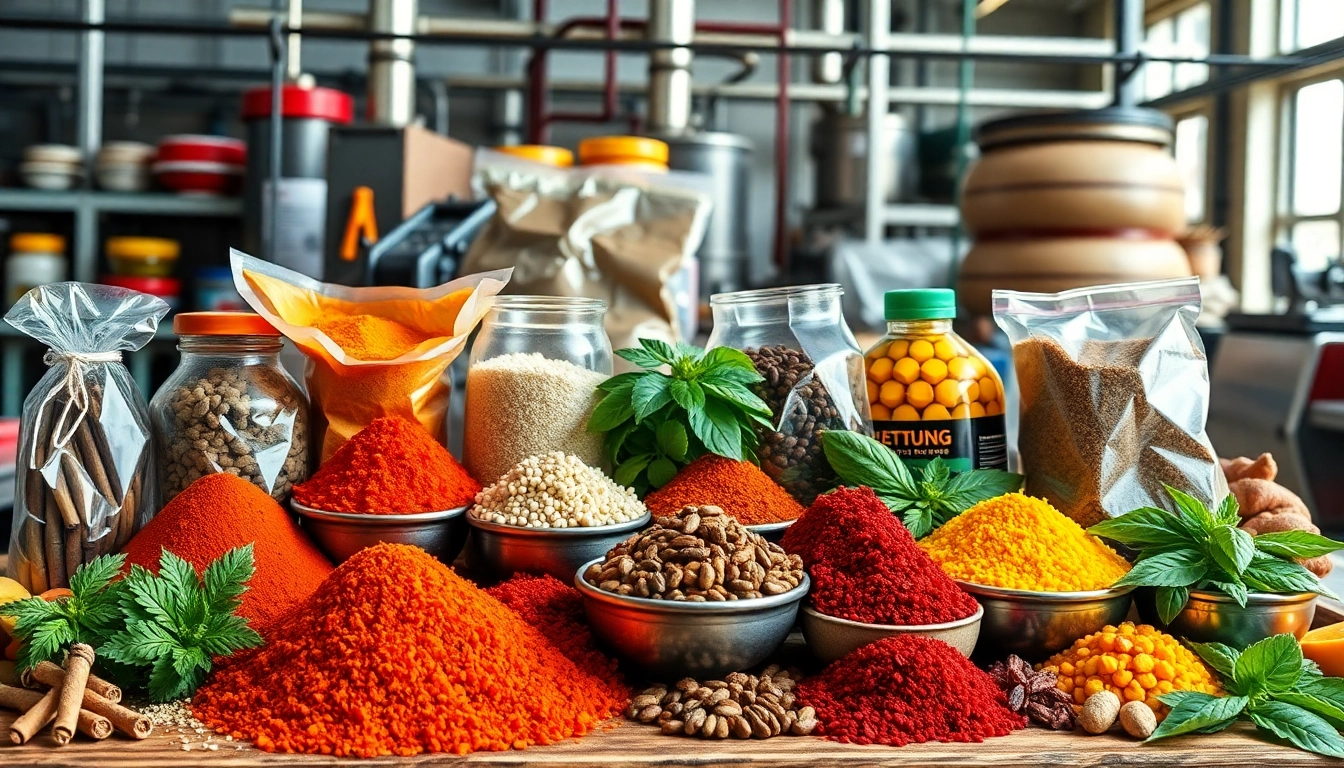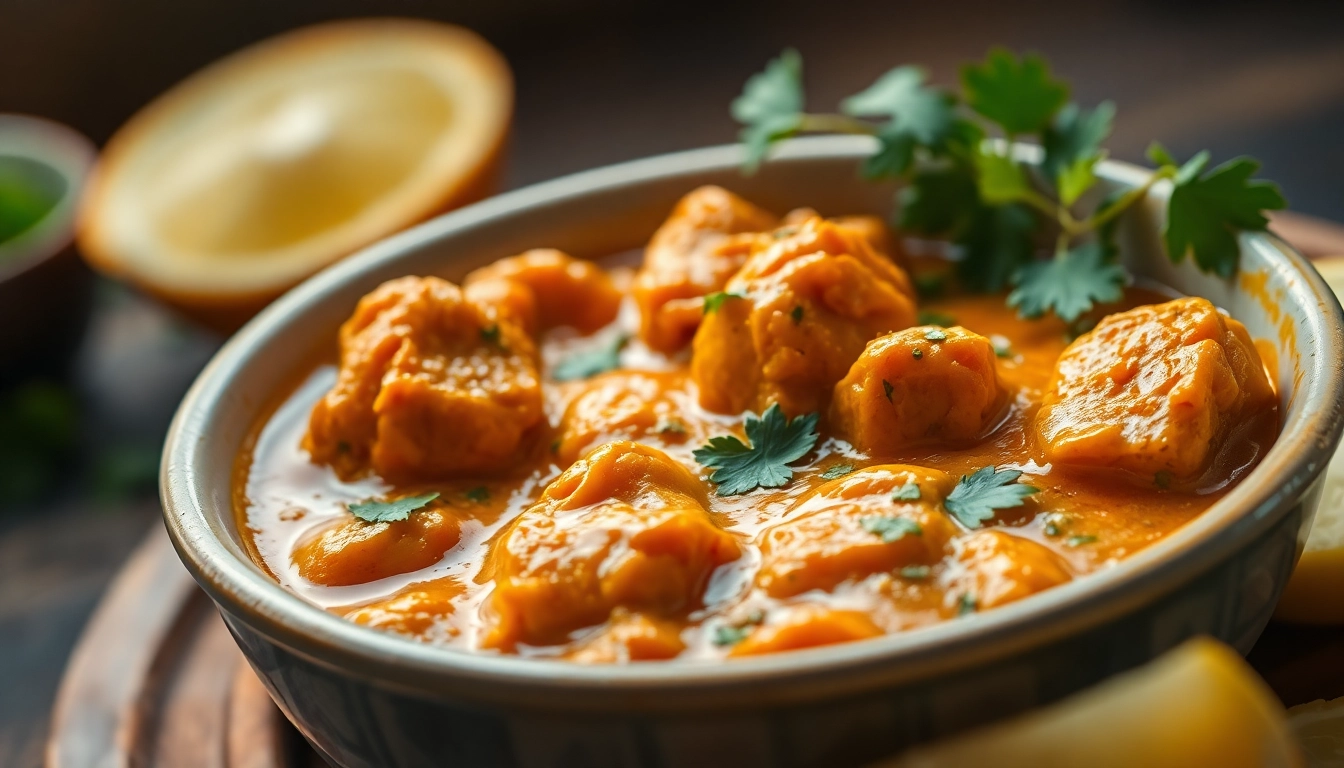Comprehensive Insights into Food Product Manufacturing and Exporting by Industry Leaders
In today’s global food industry, the demand for high-quality, authentic, and diverse food products continues to rise exponentially. Leading manufacturers and exporters like Spice Nest have established themselves as pivotal players by offering an extensive array of products such as spices, cooking pastes, sauces, pickles, jams, ready-to-eat meals, dried fruits, herbs, and more. Their commitment to quality, certifications, and active participation in major food exhibitions worldwide underscore their leadership position and focus on innovation. For businesses and entrepreneurs aiming to navigate this competitive landscape, understanding the main product categories, quality standards, market trends, and strategic sourcing is crucial.
Understanding the Range of Food Products by Leading Manufacturers
Comprehensive Overview of Spices and Whole Spices
Spices are the cornerstone of global culinary traditions, and manufacturers like Spice Nest excel in providing a broad spectrum of spices, including whole spices such as black cardamom, cinnamon sticks, bay leaves, dried ginger, and turmeric fingers. These products are essential for authentic flavor profiles across cuisines including Indian, Middle Eastern, and Asian. Whole spices retain their essential oils and flavor freshness longer, making them preferred choices for premium food processors and chefs. Moreover, sourcing high-quality whole spices involves rigorous selection, cleaning, and packaging processes, ensuring product purity and potency. Leading companies often highlight their certifications like ISO, HACCP, and Organic certifications to substantiate product quality, and exhibit their presence at major international exhibitions such as Biofach to strengthen their market reputation.
Innovative Cooking Pastes and Chutneys for Flavor Enhancement
Cooking pastes and chutneys serve as time-saving ingredients that enrich dishes with authentic flavors. Experts recommend using a variety of pastes such as garlic, ginger, green chili, and signature blends like butter chicken paste, tandoori paste, and vindaloo paste, which are carefully crafted through advanced processing techniques to preserve their flavors. Chutneys like mint chutney, tamarind chutney, and garlic chutney are also integral to regional cuisines, offering tangy, spicy, or sweet flavors. Manufacturers incorporate natural preservatives and adhere to strict hygienic standards to ensure product safety and shelf stability. These products are ideal for foodservice providers seeking consistent quality and authentic taste.
Varieties of Sauces and Pickles for Diverse Cuisines
Sauces such as soy, BBQ, hot, schezwan, and peri-peri are pivotal in international cuisines, offering versatility across dishes. Similarly, pickles like mixed pickle, garlic pickle, and lemon pickle cater to regional tastes and export markets. High-quality sauces and pickles require precise fermentation, proper spice blending, and hygienic packaging. They serve both as condiments and ingredients, enhancing meal flavor and appeal. The export of such products demands adherence to international safety standards and proper labeling practices, ensuring compliance with destination country regulations.
Implementing Quality Standards in Food Manufacturing
Certifications and International Food Exhibitions
Certification plays a vital role in establishing credibility and market access. Leading manufacturers like Spice Nest participate actively in major food exhibitions such as Biofach, Gulfood, and SIAL, showcasing their certified products which include ISO, HACCP, Organic, and Halal certifications. These certifications help demonstrate compliance with international safety, quality, and environmental standards, thus building trust with global buyers. Attending such exhibitions also offers networking opportunities, industry insights, and access to new markets, promoting innovation and collaboration.
Ensuring Food Safety and Quality Control
Robust quality control systems are imperative for exporting safe and reliable products. This encompasses rigorous raw material sourcing, testing for contaminants, hygienic processing, and packaging. Modern manufacturing facilities incorporate advanced equipment and follow Good Manufacturing Practices (GMP). Regular audits and certifications reinforce safety protocols. Traceability systems are also implemented to monitor products from raw material to final delivery, minimizing risks of contamination and spoilage. Such comprehensive measures underpin consumer confidence and enable brands to command premium prices in international markets.
Industry Best Practices for Exporters and Suppliers
Effective exporters leverage standardized documentation, clear communication, and reliable logistics chains. Integration of quality management systems ensures uniform product standards. Supply chain collaboration with certified logistics providers reduces transit times, preserves product freshness, and ensures timely delivery. Additionally, understanding and complying with import regulations of target markets is crucial. For instance, labeling standards, ingredient disclosures, and packaging requirements vary globally, and adherence can prevent shipment rejections and legal issues.
Market Trends and Customer Preferences
Growing Demand for Organic and Dehydrated Foods
The organic food sector is experiencing rapid growth, driven by consumer preferences for health, wellness, and sustainability. Companies like Spice Nest meet this demand by offering certified organic spices, herbs, and dehydrated vegetables, which retain maximum nutrients and flavor. Dehydrated foods such as toasted onions, garlic, and assorted vegetables cater to the convenience segment, providing long shelf life and ease of use. These products are popular in both domestic and international markets, especially where consumers seek chemical-free, natural foods.
Customer Preferences for Authentic and Regional Flavors
Globalization has increased awareness and appreciation for regional cuisines, spurring demand for authentic flavors. Taste authenticity, regional ingredient sourcing, and traditional processing methods are favored by discerning consumers. Manufacturers investing in regional flavor profiling and sustainable sourcing can differentiate their products. For example, Rajsthani-style chutneys or Kolhapuri spice blends resonate well with consumers seeking genuine cultural experiences.
Global Opportunities for Food Product Exporters
The international food trade offers immense opportunities through targeted participation in trade fairs, online marketplaces, and regional distribution channels. Emerging markets in Asia, Africa, and the Middle East, along with developed economies in North America and Europe, are expanding their imports of spices, sauces, and ready-to-eat foods. Market intelligence, compliance with international standards, and branding focused on authenticity and quality are key success factors for exporters seeking to establish global footprints.
How to Choose the Right Food Product Supplier
Evaluating Product Quality and Certifications
Suppliers should hold recognized certifications such as ISO, HACCP, Organic, and Halal. Product quality is best assessed through documentation, sample testing, and supplier audits. Reliable manufacturers typically provide transparency regarding their sourcing, processing, and testing procedures, enabling buyers to verify authenticity and safety standards.
Assessing Supply Chain Reliability
Consistent supply and timely delivery are critical for maintaining operational efficiency. Establishing a supplier with robust logistics partnerships, multiple sourcing options, and contingency plans ensures resilience. Lead times, order accuracy, and responsiveness to demand fluctuations also signify a dependable supply chain partner.
Understanding Customization and Bulk Ordering
Manufacturers offering customization such as tailored spice blends, labeling, packaging sizes, and label approvals can better meet specific market requirements. Bulk ordering discounts and flexible order quantities are advantageous for larger operations, providing cost efficiencies and inventory management benefits.
Future Outlook of the Food Processing and Export Industry
Emerging Trends in Spices and Processed Foods
Advancements in processing technology, improved flavor preservation, and packaging innovations are shaping the future. Functional foods with added health benefits are gaining popularity, encouraging the development of fortified spice blends and superfoods. Integration of traceability and blockchain technology also promises increased transparency and consumer confidence.
Innovations in Packaging and Preservation
Eco-friendly, resealable, and vacuum packaging solutions not only extend shelf life but also appeal to environmentally conscious consumers. Modified Atmosphere Packaging (MAP) and nitrogen flushing help maintain freshness, especially for dehydrated and spice products.
Strategic Opportunities for Global Expansion
Broadening product portfolios to include organic, vegan, and regional specialty products can tap into niche markets. Digital marketing and e-commerce platforms enable direct-to-consumer sales and brand building across borders. Participating in international trade shows remains vital for networking, market research, and establishing strategic alliances.



